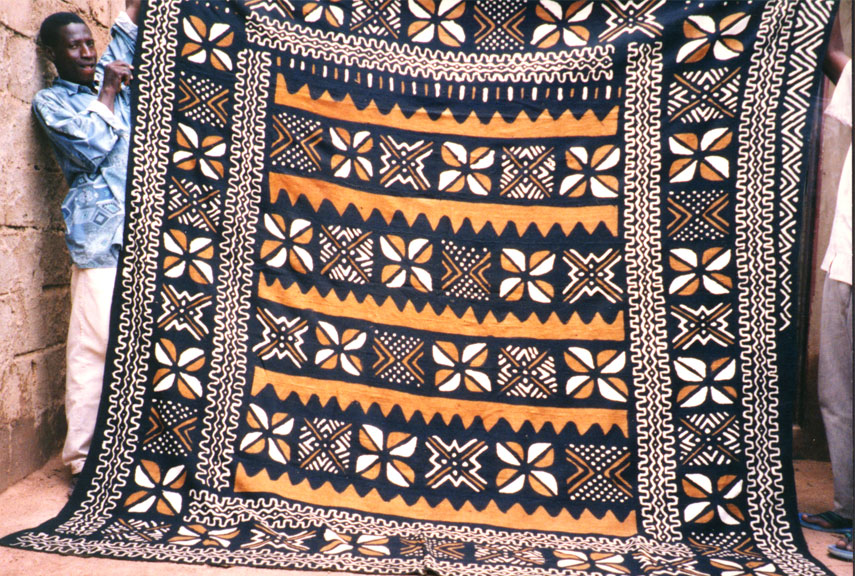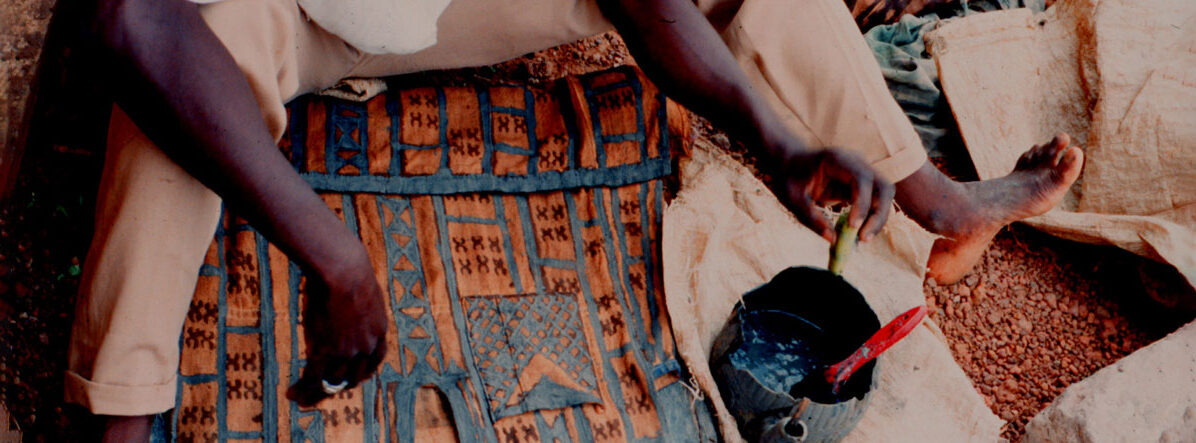The Senufo people of the Ivory Coast have a rich artistic tradition that is celebrated worldwide for its intricate and distinctive patterns. One of the most renowned aspects of Senufo art is their mudcloth, known as “Bogolanfini.” This traditional textile is steeped in history and cultural symbolism, reflecting the Senufo people’s deep connection to their heritage. In this article, we explore the art of Senufo mudcloth, its cultural significance, and the unique process behind its creation.
Senufo mudcloth, or Bogolanfini, is a handwoven fabric traditionally made by Senufo women. The process begins with the gathering of cotton, which is then spun and woven into strips of fabric. The cloth is then dyed using a fermented mud mixture, which results in the distinctive dark, earthy colors. The patterns are meticulously created using stencils, and each design carries specific meanings and messages.

Bogolanfini is often used for clothing, drapery, and ceremonial purposes. Beyond its aesthetic appeal, Senufo mudcloth is a visual language that conveys cultural values, historical narratives, and spiritual beliefs. The patterns are not just decorative; they hold symbolism and reflect the Senufo people’s relationship with nature, ancestors, and the spiritual world. Mudcloth is often worn during important ceremonies and rituals, such as initiations and funerals, symbolizing the connection between the living and the spiritual realm. Senufo mudcloth is a living testament to the cultural vibrancy and artistic ingenuity of the Senufo people, and it continues to be a source of pride and heritage in their community


